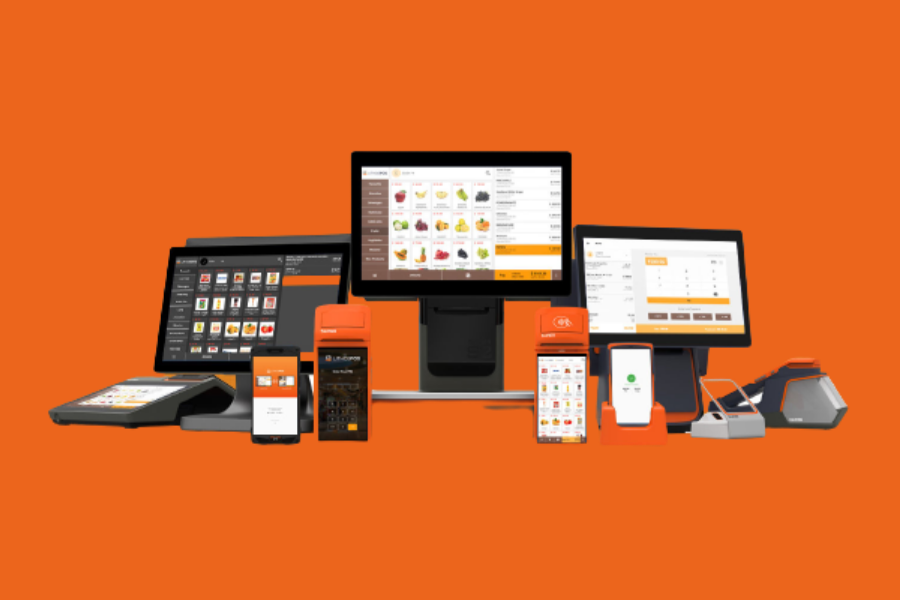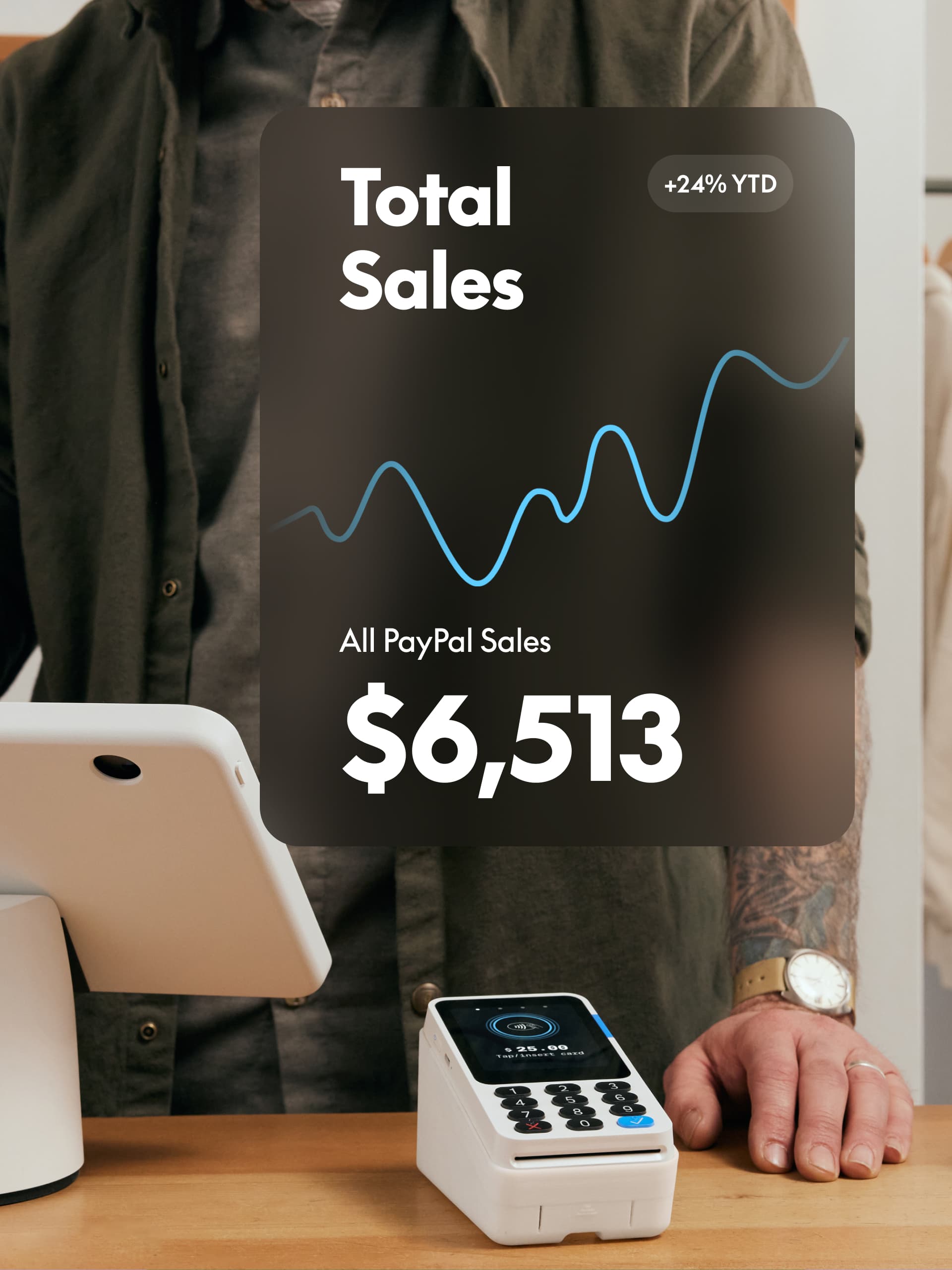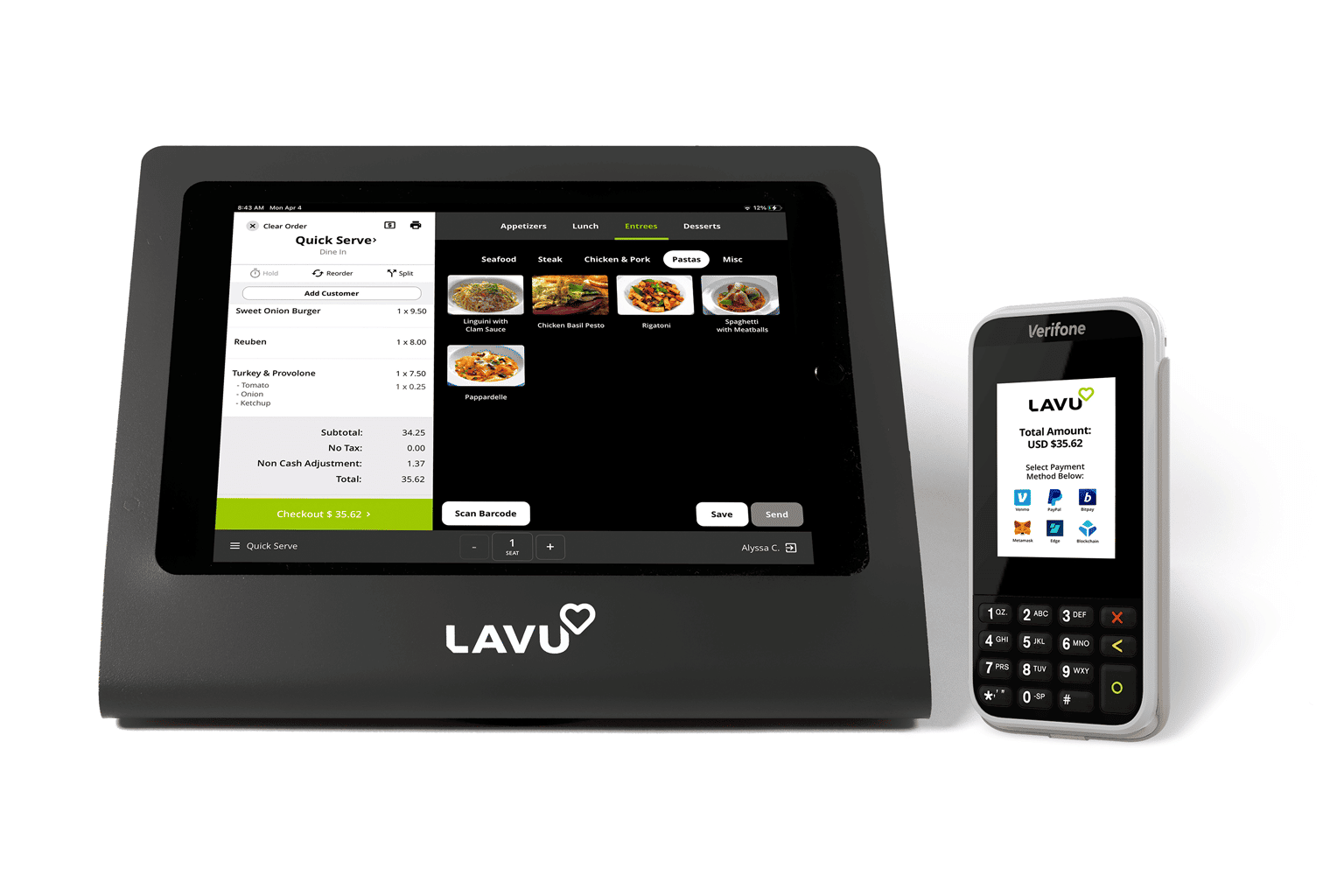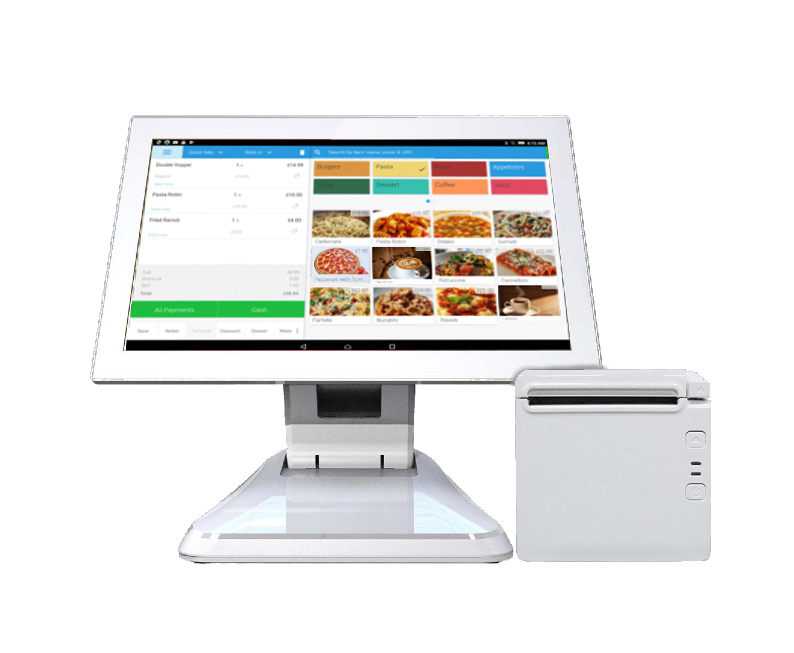POS Software for restaurants with built-in VIP systems that work
Just How POS System Functions: A Comprehensive Overview for Service Owners

Understanding the Parts of a POS System

How Sales Deals Are Processed
When a consumer decides to buy, the sales purchase launches a series of organized steps within the POS system. Initially, the cashier inputs the products being bought, which are checked with a barcode visitor or manually entered. This action recovers product details, consisting of rates and applicable taxes, from the system's database.Next, the client is offered with the overall quantity due. The POS system after that refines the settlement, whether via cash money, bank card, or mobile settlement approaches (Restaurant POS Software). For digital payments, the POS securely connects with settlement cpus to accredit and verify the transaction.Once the settlement is confirmed, the system produces a receipt, which can be printed or sent digitally. This receipt acts as evidence of purchase for the client. The transaction information is videotaped in the system, guaranteeing accurate sales documents and economic tracking for the organization.
Supply Administration and Monitoring

Reliable stock monitoring and tracking are important components of a POS system, as they ensure that organizations preserve optimal stock levels and minimize inconsistencies. A robust POS system enables real-time supply updates, reflecting sales and returns immediately. This allows company owner to check stock levels properly, making certain that preferred things are conveniently available while avoiding overstocking of much less popular products.Additionally, progressed POS systems provide features such as computerized supply informs and reorder suggestions, streamlining the procurement process. Barcoding and RFID technology enhance precision in tracking inventory motion, reducing human mistake. Substantial coverage tools offer insights into stock turnover rates, aiding services make informed decisions about purchasing and product offerings. Eventually, reliable inventory administration via a POS system not just improves operational efficiency yet additionally enhances customer contentment by making certain product accessibility.
Examining Client Data and Insights
Consumer information analysis offers as an effective tool for organizations utilizing a POS system (Restaurant POS Software). By examining and accumulating purchase data, services can discover valuable understandings about client actions and choices. This evaluation allows them to recognize buying fads, peak purchasing times, and preferred items, therefore notifying inventory choices and marketing strategies.Additionally, organizations can segment their client base, enabling for individualized marketing efforts that accommodate specific demographics or buying habits. Recognizing consumer commitment patterns likewise aids in developing targeted promos and benefits programs.The data amassed from a POS system can likewise disclose insights into client responses, making it possible for businesses to make educated choices relating to product offerings and solution improvements. Inevitably, leveraging client information successfully can enhance the general purchasing experience, foster client complete satisfaction, and drive earnings growth
Benefits of Applying a POS System

Frequently Asked Inquiries
What Sorts Of Organizations Can Gain From a POS System?
Numerous services gain from a POS system, including retailers, restaurants, beauty parlors, and e-commerce systems. These systems simplify transactions, supply administration, and customer information, enhancing operational performance and enhancing consumer experience across varied markets.
How Much Does a POS System Normally Cost?
The cost of a POS system commonly ranges from a couple of hundred to a number of thousand bucks, depending upon features, equipment, and software program. Organizations have to think about ongoing charges for upkeep, moved here transaction, and assistance handling when budgeting.
Can I Integrate a POS System With Existing Software?
Incorporating a POS system with existing software is frequently practical. Several systems supply APIs or integrated compatibility attributes, permitting businesses to streamline operations and enhance performance by attaching numerous software application applications properly.
What Training Is Required for Personnel to Make Use Of a POS System?
Educating for personnel to utilize a POS system commonly consists of understanding software program capabilities, refining purchases, taking care of stock, and dealing with customer communications. Practical demos and hands-on method sessions enhance effectiveness and confidence in operation the system effectively.
What Takes place if the Net Decreases While Utilizing a POS System?
If the internet goes down throughout POS system use, transactions might be disrupted. Several systems use offline abilities, enabling basic procedures to continue, but full functionality, including real-time inventory updates, will certainly be limited. A Point of Sale (POS) system is made up of numerous crucial components that work with each other to manage and promote their website transactions service operations. Efficient supply management and monitoring are necessary components of a POS system, as they ensure that organizations maintain optimal stock levels and decrease discrepancies. Client information analysis serves as an effective tool for companies utilizing a POS system. Recognizing customer commitment patterns also assists in developing targeted rewards and promos programs.The information gleaned from a POS system can additionally expose insights right into client responses, enabling services to make informed choices concerning item offerings and service renovations. Carrying out a POS system provides many advantages that can her comment is here significantly improve service operations.